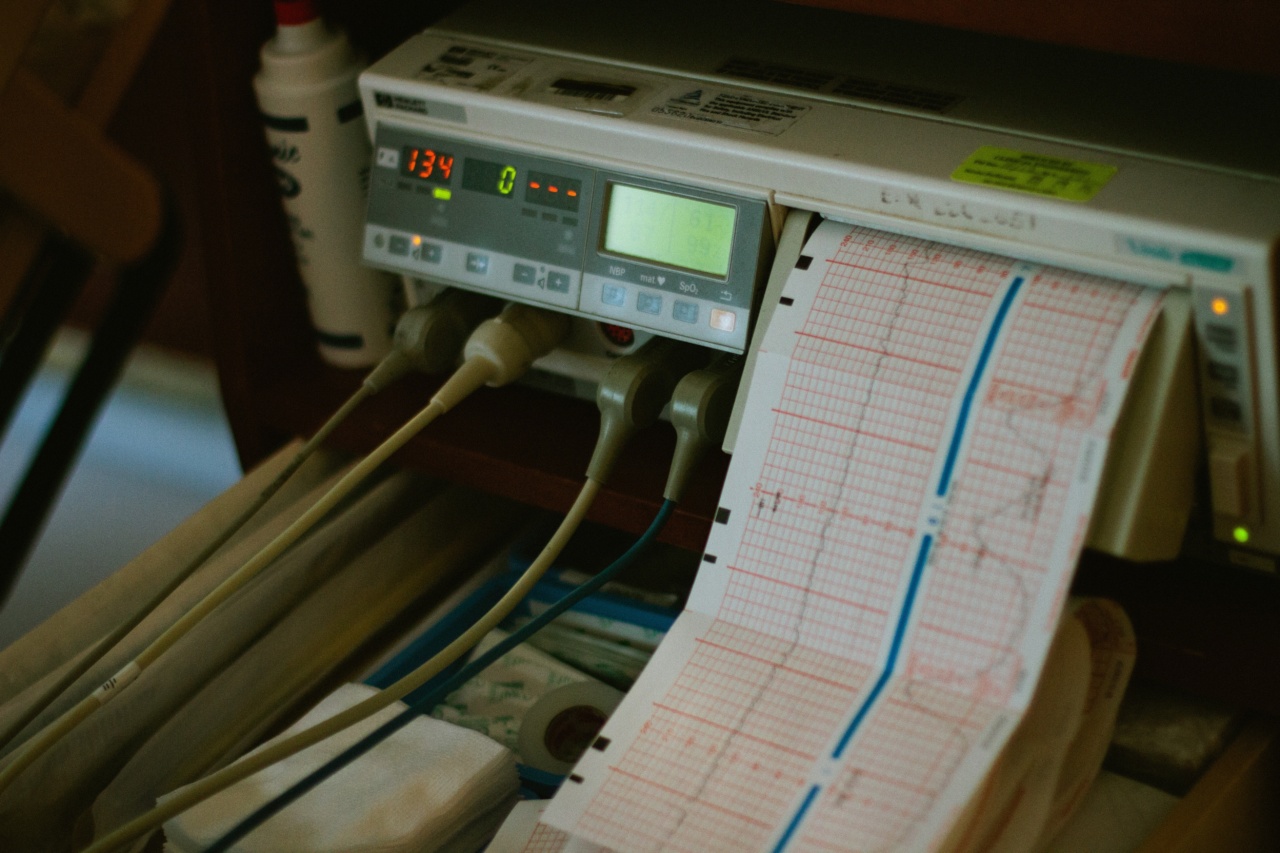Cholesterol is a waxy substance that your body needs to build cells, make hormones, and digest fat. However, too much cholesterol in your blood can increase your risk of heart disease and stroke.
Cholesterol testing, also called a lipid profile or lipid panel, measures your cholesterol levels.
This information can help your healthcare provider determine your risk of heart disease and stroke, and recommend lifestyle changes or medications if necessary.
Who Should Get Cholesterol Testing?
The American Heart Association recommends getting a cholesterol test starting at age 20 and then every 4-6 years thereafter. However, the following groups may need more frequent testing:.
- Individuals with a family history of high cholesterol or heart disease
- Individuals with diabetes
- Individuals with a history of heart attack, stroke, or other cardiovascular disease
- Individuals with high blood pressure
- Individuals who smoke or have smoked in the past
- Individuals who are overweight or obese
If you fall into one of these categories, talk to your healthcare provider about how often you should get cholesterol testing and what your target cholesterol levels should be.
What Do the Results Mean?
A cholesterol test measures several components of cholesterol:.
- Total cholesterol
- Low-density lipoprotein (LDL) cholesterol, also known as “bad” cholesterol
- High-density lipoprotein (HDL) cholesterol, also known as “good” cholesterol
- Triglycerides, a type of fat in the blood
Here’s what the results mean for each of these components:.
Total cholesterol
Desirable: less than 200 mg/dL.
Borders on high: 200-239 mg/dL.
High: 240 mg/dL and above.
LDL cholesterol
Optimal: less than 100 mg/dL.
Near optimal: 100-129 mg/dL.
Borders on high: 130-159 mg/dL.
High: 160-189 mg/dL.
Very high: 190 mg/dL and above.
HDL cholesterol
Low: less than 40 mg/dL (men) or less than 50 mg/dL (women).
Desirable: 40-59 mg/dL.
High: 60 mg/dL and above.
Triglycerides
Normal: less than 150 mg/dL.
Borders on high: 150-199 mg/dL.
High: 200-499 mg/dL.
Very high: 500 mg/dL and above.
If your cholesterol levels are higher than desirable, your healthcare provider may recommend lifestyle changes such as diet and exercise, or medications such as statins.
If your triglycerides are very high, your healthcare provider may also recommend changes to your diet and lifestyle, as well as medications such as fibrates.
It’s important to follow your healthcare provider’s recommendations and have regular cholesterol testing to help lower your risk of heart disease and stroke.

























